PAINTS AND COLOURS | An Architect Explains
Paint is used to protect (metal to retard corrosion, and a building to help protect it from the elements), preserve, decorate (add festive trim to a room’s interior by adding color) or add functionality to an object or surface by covering it with a pigmented coating (by modifying light reflection or heat radiation off a surface and the use of color to identify hazards or to identify the function of an equipment). Physically, paint is a mixture of four important elements: Pigments, Additives, Binders and Solvents.
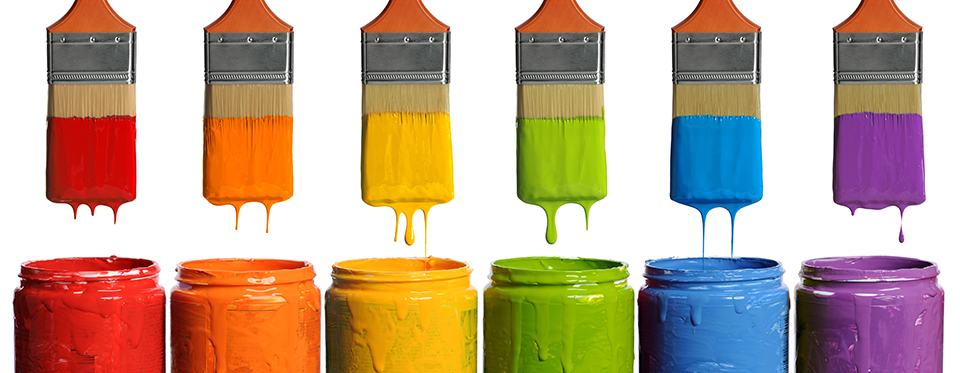 The Paint colours palette include warm tones and cool tones. The warm tones evoke energy, playfulness while the cool tones are relaxing and meditative. So the choice of colours is dictated by the function of the room, the climate, the amount of light in the room.
The Paint colours palette include warm tones and cool tones. The warm tones evoke energy, playfulness while the cool tones are relaxing and meditative. So the choice of colours is dictated by the function of the room, the climate, the amount of light in the room.
ARCHITECT EXPLAINS: One of the most often asked queries by my clients is about Paints. Because of the advertisements, the choices and the types of paints available today, people are undecided as to which is suited for their needs. As an Architect, practising in Bangalore, I use the practical experience gained over 20 years to advise my clients:
PAINTS – COLOURS: The incredible choice and colours that are available in today’s market will confuse anyone. So for deciding the right colours, I prefer to guide my clients to the following pages, wherein I have discussed the Colour wheel, Colour groups, Colour themes and their effects on our well-being:
- Paint Colours
- Paint Colour Wheel
- Paint Colour Groups
- Paint Colour Themes
- Paint Effect of Colours
- Vastu and Colours
MAINTENANCE: Even after the completion of a building an often asked question is about the defects in the painting. The first painting will not be as perfect as you imagine it because the cement, plaster tend to absorb pigments from the paint. However this problem is solved on the second painting. For a better understanding you can go to these posts:
PAINT COMPANIES: I trust brands that have been in the market for years because I see that the maintenance costs are much less compared to cheaper, unknown brands. Here I have listed some of the Paint brands that I have used in my projects and am satisfied with:
If you found this post useful, I would really love it if you pin it or share it. All it takes is a simple click on the “pin it” “like,” “share,” “tweet,” or Google+ buttons below the post.
Also, unlike many other sites, I do not insist that your ad blocker be turned off to allow you into my site. This is because I know that my content will be useful to you. But putting up posts regularly takes up time and hard work and I am able to run this site only because of the ads. So I will be much obliged, if you would turn off your ad blocker. Thank you!

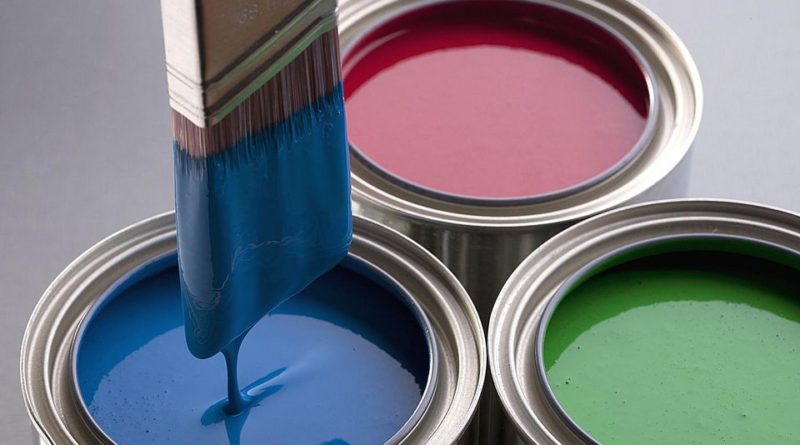
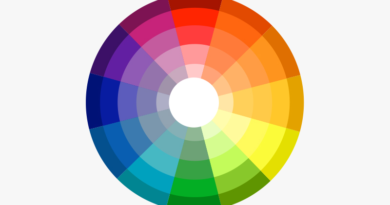
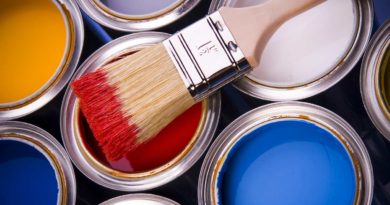
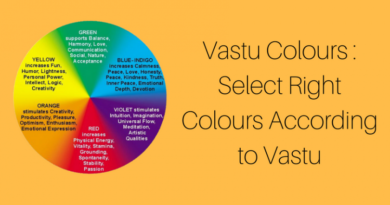
suggest vastu colour for exterior wall painting.
thank you.
Hi Shubhangi,
White and Light colours are the best. But it is all a matter of tste.
Admin
Hi Sir,
I am Arun writing from Chennai. I read Your article “Paints – Architect Explains”. I found it to be very helpful in understanding the basics of paints. However I have question and would like to have Your inputs on that. My apologies for the inconvenience.
I have got a resinous wood (Indian Kino, Pterocarpus marsupium, vengai in Tamil) for my windows and doors. This wood bleeds and hence I was advised to apply some kind of finish to stop it before plastering. I requested for technical assistance from Asian Paints and got the following response. The PU Painting procedure for the wood which contains resin , oil etc. is as follows:
Step 1) Sand the Wood With sand paper No. 80, followed By 100, 120, 150, 180 .
Step 2) Apply 1 coat of Polyester Insulator by wipe. Wait for 30 min & Put 2nd coat of Polyester insulator.
Step 3) Wait for 1 hour sand with sand paper no. 320 & apply 2 coats of PU sealer by spray as recommended.
Step 4) Sand the surface with sand paper 320 followed by 400.
Step 5) Apply 2 coats of Top coat by spray as recommended.
Can You please explain the difference between polyester paint (Asian Paint Woodtech Polyester) and PolyUrethane paint in terms of wood finish chemistry. Doesn’t Polyester Insulator suffer from the same problem as PU or does it play the role of shellac mentioned in the article mentioned above. Also does the Polyester insulator and PU sealer/top coats go well with each other.
My apologies for any inconvenience caused. Thanks
Hi Arun Deepak,
Honestly I have no idea about paint chemistry and it’s properties. So I cannot help you.
Admin
We require exterior acrylic emulsion painting with texture finish ( Renova ). as the same wording specify in one of our Tender.
We wish you to help us for the said products.
Regards. Hemendra Shah. INSIDE OUTSIDE DECOR
Hi Hemendra Shah,
Renovo is a water-repellant, synthetic plaster used for plastering, both old as well as new, external and internal walls.
Admin